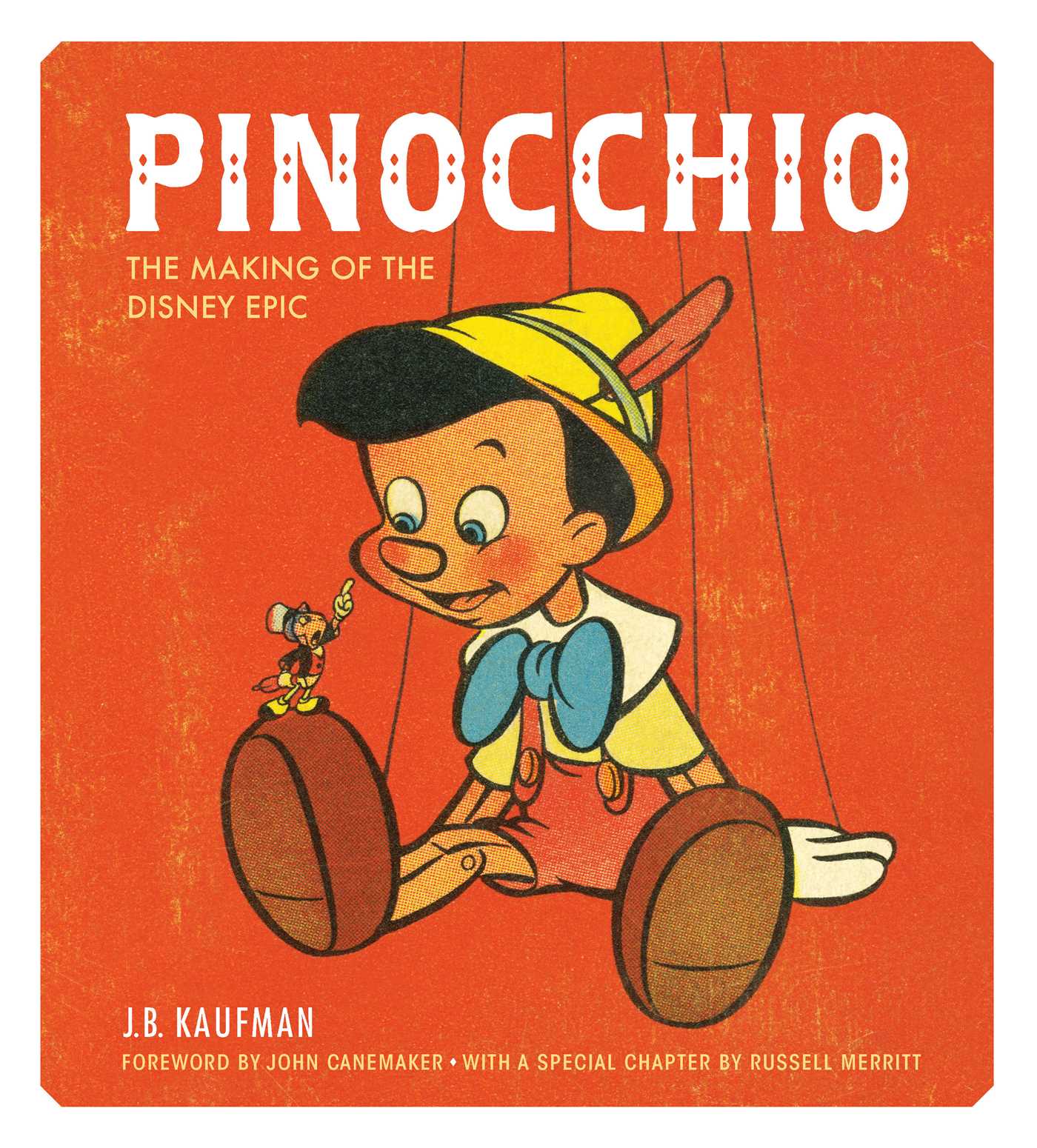
While the Grimms wanted to preserve a shared German heritage, the Italians were looking “to protect, as well as disseminate, the culture of each region at a time when the political unification of the country put regional identities at risk of disappearance”. “Like other European countries, Italy also experienced the folk and fairytale publishing boom of the 1800s, but the Italian tales from this time are not yet known –at least in part because until now they were only available to speakers of Italian,” she said.Ĭomparetti, she added, was among the folklorists in Italy who, like the Grimms, collected folktales from around the country. Mazzoni said that the earliest printed fairytales are found among the otherwise realistic stories in Giovan Francesco Straparola’s Pleasant Nights, from 1500s Venice, and that the oldest collection consisting entirely of fairytales is the Neapolitan Giambattista Basile’s Tale of Tales from the 1600s. “But Italy has the oldest fairytale tradition in the west.” “Today we associate fairytales primarily with Disney and the Grimm brothers, and perhaps Hans Christian Andersen and Perrault – USA, Germany, Denmark, and France,” said Mazzoni, a professor at the University of Vermont. Deledda won the Nobel in 1926, for “her idealistically inspired writings which with plastic clarity picture the life on her native island and with depth and sympathy deal with human problems in general”.

#Origin of pinocchio story skin#
I included in my book Collodi’s translation of Perrault’s Donkey Skin (an unlikely children’s tale, today, given it is centered on an incestuous father) because of its influence in the fairytale publishing boom shortly thereafter and because of its Tuscan flavour.”įrom Gabriele D’Annunzio’s 1886 fairytale The Doves, the story of a man who turns into a lion, a dove and an ant, to Comparetti’s The Pomegranates, in which three women jump out of the rinds of pomegranates, the stories in The Pomegranates and Other Modern Italian Fairy Tales are all being published in English for the first time, with the exception of Deledda’s 1892 work Our Lady of Good Counsel. “And in fact it is when Collodi was commissioned with translating into Italian a volume of French fairytales that he turned his attention to this genre, and decided to start writing for children. “Pinocchio is often called a fairytale but it isn’t, really it is a novel with fairytale elements,” said Mazzoni.

With a last weak ‘cri-cri-cri’ the poor Cricket fell from the wall, dead!” But, sad to relate, my dear children, he did hit the Cricket, straight on its head. “Perhaps he did not think he would strike it. She threw herself at the feet of the king her father and begged him with all the strength of her soul not to force her to commit such a grave crime.”Ĭollodi’s original version of Pinocchio is far more brutal than the Disney adaptation: Pinocchio is unpleasant towards Geppetto, and kills the Talking Cricket by throwing a hammer at it. “At this brutal proposal, the young princess, who was a flower of virtue and modesty, almost fainted. He let it be known that he had decided to marry her, because she alone could release him from the promise he had made to her mother,” writes Collodi.
#Origin of pinocchio story full#
“All of a sudden, and to his own disgrace, and even though until then he had been a man full of wisdom, he lost his mind and began to think that the princess his daughter was far more beautiful and graceful than his deceased wife. “For example, where Perrault simply notes that the king and queen ‘lived in perfect union’, Collodi writes that they were ‘two souls in a single fruit pit’ (which I translated as ‘two peas in a pod’.)” “Collodi made so many changes to Perrault’s version (which is in turn inspired by earlier Italian tales) as to be worth reading even if one has already read Perrault’s,” said the new volume’s translator and editor, Cristina Mazzoni. Perrault’s version is simplified by Collodi, and given a Tuscan sensibility by the Italian author.


An unlikely children’s tale, it centres on a princess whose father wishes to marry her after the death of her mother, who escapes wearing the skin of a donkey. Collodi is included for his translation of Donkey Skin by the French author of Cinderella, Charles Perrault.


 0 kommentar(er)
0 kommentar(er)
